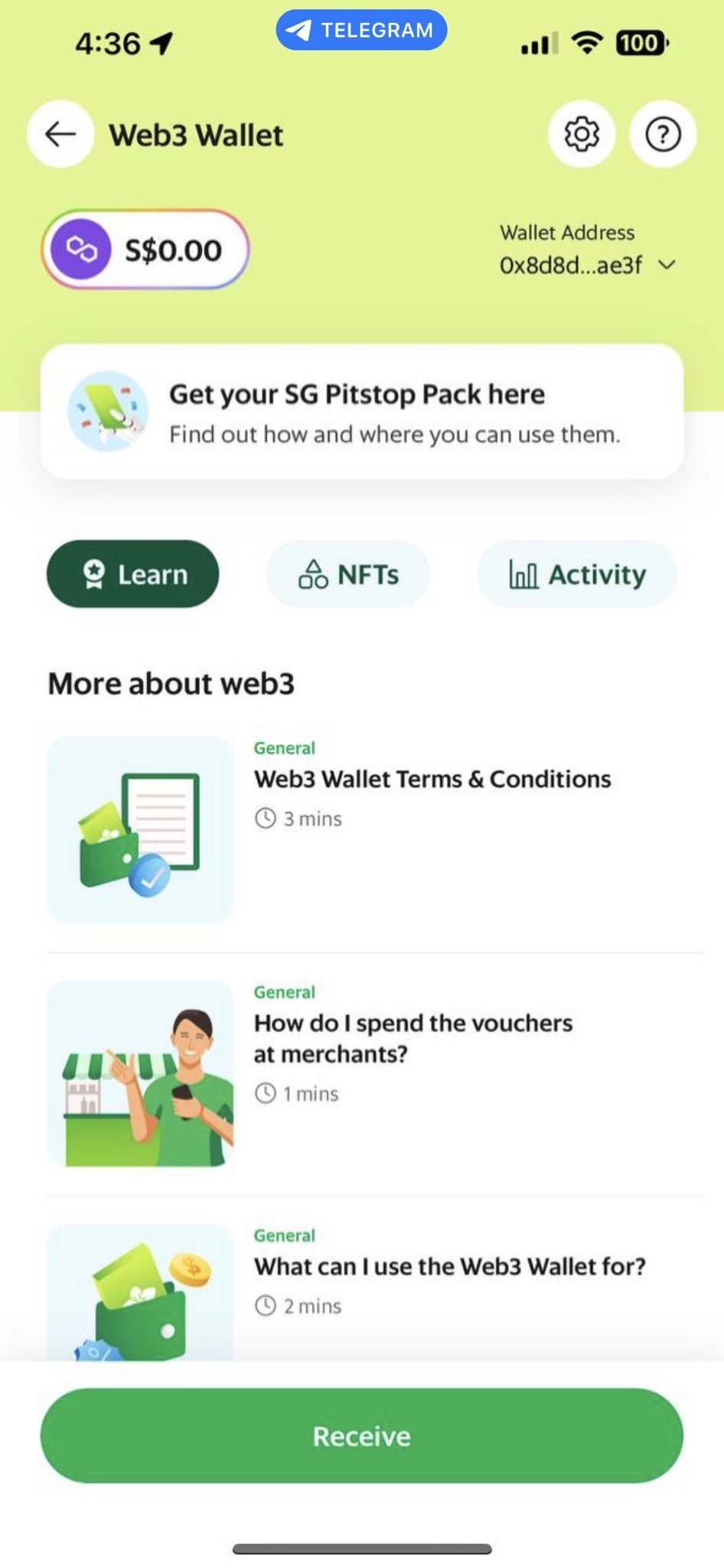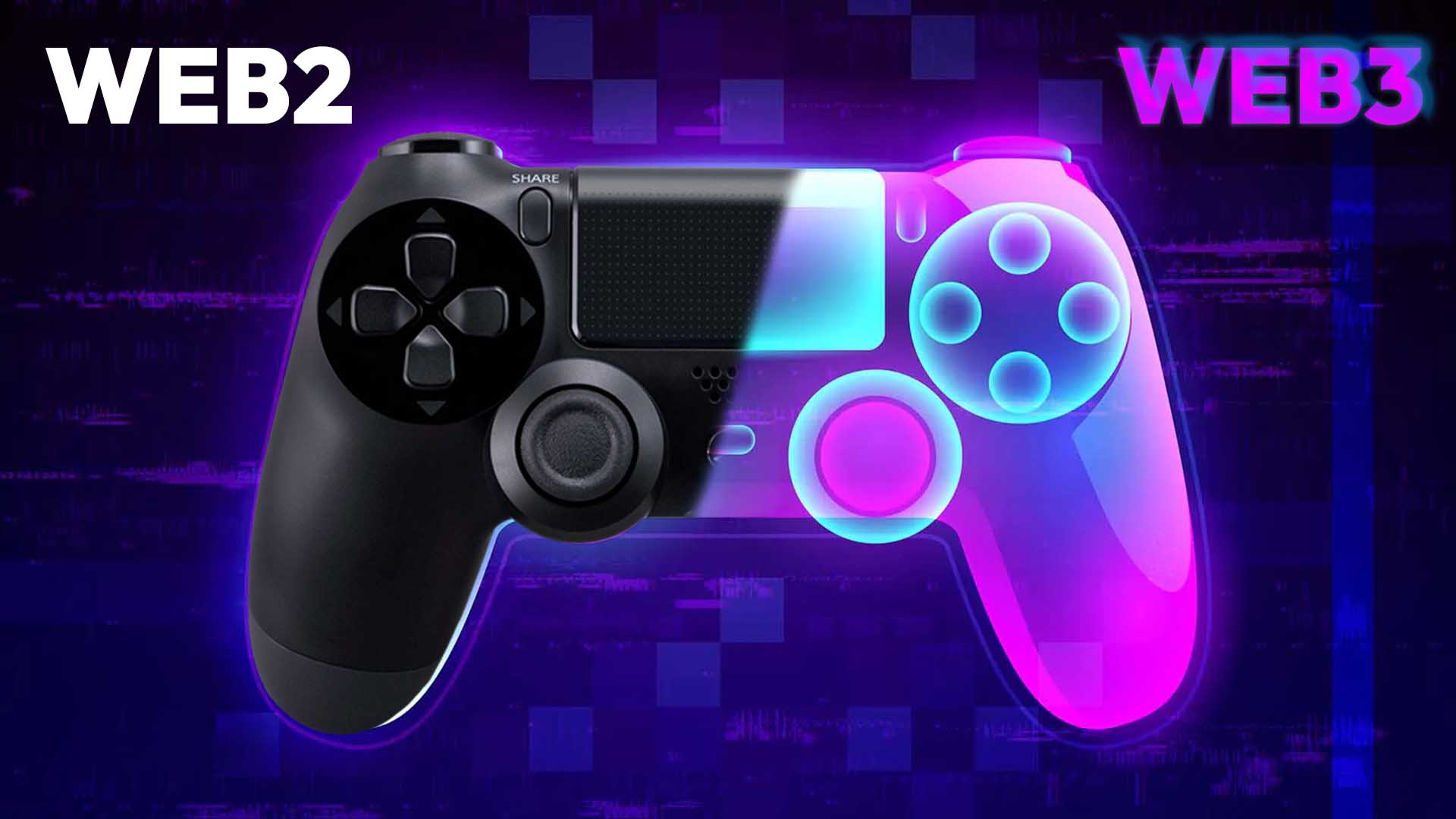From its unassuming beginnings as a ride-hailing platform reminiscent of Uber, Grab has evolved into a dominant force across Southeast Asia. Its transformation into a regional powerhouse was made possible by a merger with Uber’s operations in Southeast Asia.
Grab operates in over 500 cities and serves a user base surpassing 180 million. It recently reached a milestone of 34.9 million monthly transacting users by Q3 2023. The company also offers food services just like UberEats.
Grab is ready to secure a slot in the Web3 space! The platform is set to allow users to create a Web3 wallet and earn NFTs as rewards.
Initial indicators suggest that this venture is poised to commence in Singapore, a crypto-friendly environment.


Grab’s Centralized Wallet
Grab’s centralized wallet system is similar to Binance’s wallet. This wallet assures security and convenience. It employs a PIN password for access instead of private key. The account recovery process is facilitated through security questions and answers. At the moment, the wallet is compatible with the Polygon network.
The existing Web3 wallet has the capacity to accommodate SG Pitstop vouchers and digital collectibles sourced from SG Pitstop Pack.
A spokesperson for Grab mentioned ongoing considerations for broadening the range of compatible digital assets within the Web3 wallet. He also advised users to refrain from transferring other forms of digital assets to the Web3 wallet because they won’t be accessible. He said that users can still send digital assets from their Grab Web3 wallet to other compatible wallets.
In June, Grab partnered with the Monetary Authority of Singapore. The partnership involved a pilot study, delving into the evaluation of central bank digital currencies (CBDCs), tokenized bank deposits, and stablecoins.
Grab’s decision to integrate a Web3 crypto wallet is somewhat similar to Uber’s proposed plan. Uber’s CEO had previously revealed plans to adopt Bitcoin and other digital currencies for payments in the near future.
 Uzoamaka U.
Uzoamaka U.











